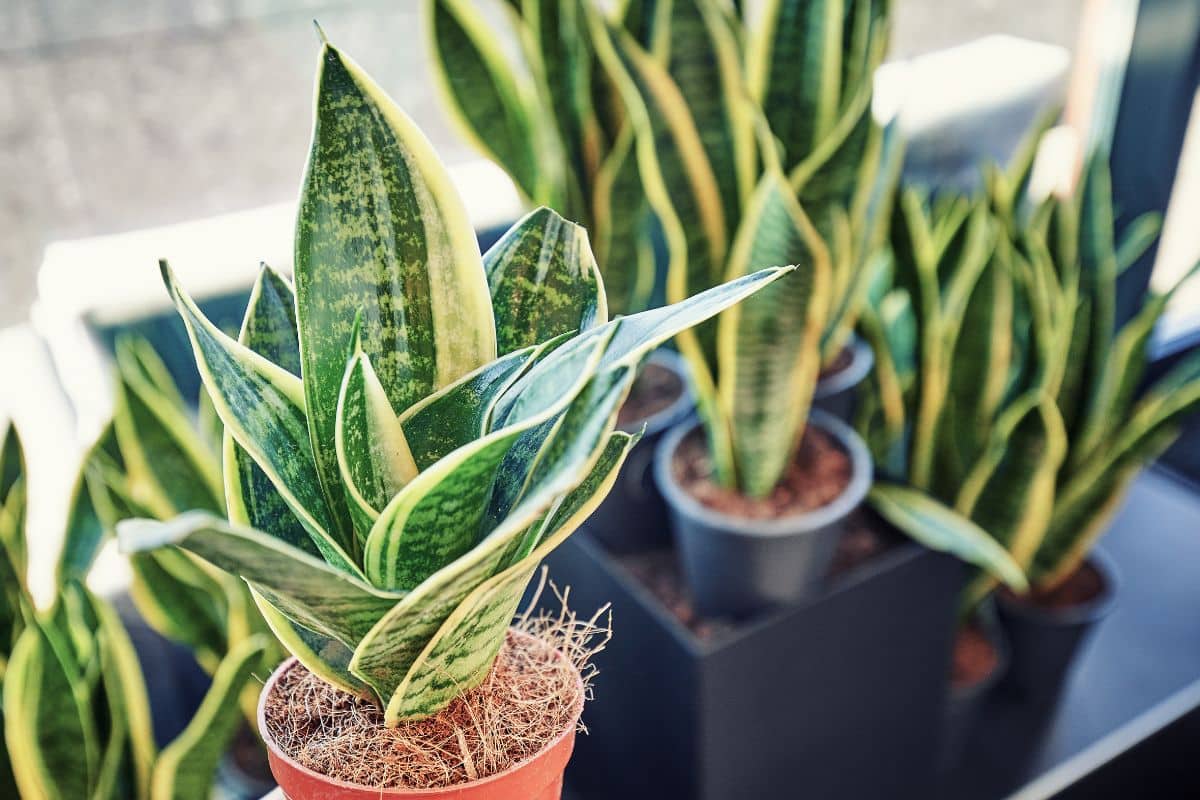Overwatering is a common issue that can severely damage your snake plant (Sansevieria). These resilient houseplants are known for their drought tolerance, making them particularly susceptible to excess moisture. If you’ve been a bit too generous with your watering can, don’t panic. There are several effective ways to save your overwatered snake plant with prompt action and proper care techniques.
Recognizing signs of an overwatered snake plant
Before taking corrective measures, it’s essential to confirm that overwatering is indeed the problem. Snake plants communicate their distress through specific visual cues that differ from other plant issues. Identifying these symptoms early can mean the difference between saving your plant and losing it.
Yellowing or browning leaves are often the first noticeable sign of overwatering. Unlike the crisp, brown edges that indicate underwatering, overwatered snake plants develop soft, mushy yellow patches that may spread from the base upward. This discoloration occurs because excess water prevents proper nutrient absorption and oxygen flow to the roots.
Another clear indicator is soft, mushy stems and leaves that may feel waterlogged to the touch. Healthy snake plant leaves should feel firm and upright. When they start drooping or developing a soft texture, it’s a warning sign that the plant’s tissues are breaking down due to waterlogging.
You might also notice a foul smell emanating from the soil, which indicates root rot has begun. This unpleasant odor develops when fungi and bacteria multiply in the waterlogged soil, decomposing the dying root system. If you detect an unusual smell, it’s crucial to take immediate action.
Look for visible mold growth on the soil surface – another telltale sign of excessive moisture. White, fuzzy patches or a greenish film developing on top of your potting medium indicate fungal growth thriving in consistently wet conditions.
Immediate rescue steps for an overwatered snake plant
Once you’ve confirmed overwatering, swift action is necessary. The primary goal is to reduce moisture levels around the root system and prevent further damage. Follow these emergency steps to give your snake plant the best chance of recovery :
Stop watering immediately and move your plant to a brighter location with good air circulation. Snake plants prefer indirect light, but additional brightness can help evaporate excess moisture. Avoid direct sunlight, which could stress an already compromised plant.
Next, carefully remove the plant from its pot to assess root damage. Gently brush away soil to examine the root system – healthy roots should appear firm and white or cream-colored. Brown, black, or mushy roots indicate rot and require immediate attention.
If you discover rotted roots, trim away all affected portions using clean, sharp scissors or pruning shears. Sterilize your cutting tools before and after use with rubbing alcohol to prevent spreading pathogens. Be ruthless in removing damaged roots – leaving even small sections of rot can allow the problem to persist.
After root pruning, allow the plant to air dry for several hours before repotting. This drying period helps seal cut surfaces and reduces the risk of new infections.
- Discard all old, wet soil completely
- Clean the original pot thoroughly or use a new one
- Repot using fresh, well-draining potting mix
- Add perlite or coarse sand to improve drainage
- Wait at least a week before watering again
Recovery care for saving your snake plant
After implementing emergency measures, your snake plant needs special attention during its recovery period. Proper aftercare is crucial to help the plant regain its strength and develop a healthy root system again.
Adjust your watering schedule and technique moving forward. Snake plants thrive with infrequent watering – typically every 2-4 weeks, depending on environmental conditions. Always check soil moisture before watering by inserting your finger about two inches deep into the soil. Only water when the soil feels completely dry at this depth.
Consider the seasonal variations in watering needs. During winter or cooler months, reduce watering frequency even further as the plant enters a semi-dormant state. In warmer, more humid conditions, focus on providing excellent drainage rather than restricting water completely.
Monitor your plant closely for several weeks after the rescue operation. New growth is a positive sign, while continuing decline might indicate that root damage was too extensive. Be patient – recovery can take time, especially if significant root pruning was necessary.
Resist the urge to fertilize immediately after repotting. The damaged root system needs time to heal before processing nutrients. Wait at least 4-6 weeks before applying a diluted, balanced fertilizer at half the recommended strength.
Preventing future overwatering issues
The best way to deal with overwatering is to prevent it from happening again. Implementing some simple practices can help maintain optimal moisture levels for your snake plant’s long-term health.
Choose the right pot and soil combination for proper drainage. Terracotta pots are excellent for snake plants as they’re porous and allow excess moisture to evaporate through the sides. Always select containers with drainage holes and use a fast-draining cactus or succulent soil mix.
Consider the environmental factors affecting moisture levels in your home. Snake plants in humid bathrooms or kitchens will need less frequent watering than those in dry, heated rooms. Adjust your care routine based on your specific home environment rather than following a rigid schedule.
Learn to recognize your plant’s individual needs by observing its response to care. Each plant is unique, and factors like pot size, soil composition, and placement will affect how quickly moisture depletes. Pay attention to your specific plant’s patterns rather than applying general rules.
Remember that underwatering is far less damaging to snake plants than overwatering. These resilient succulents store water in their thick leaves and can easily recover from occasional drought, making them perfect for forgetful gardeners or frequent travelers.

